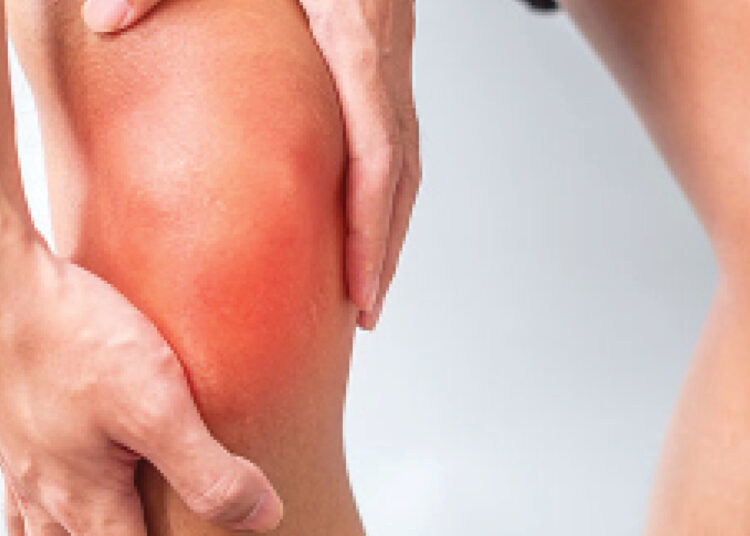Whether you’re a weekend tennis player, a regular at the gym, or someone whose job involves repetitive movements, you may have experienced a persistent, sharp pain near a joint. This nagging discomfort could be tendinitis – a common but often misunderstood condition that can significantly impact mobility, productivity, and overall quality of life. That discomfort might be tendinitis, a common yet often misunderstood condition that can affect mobility, productivity, and overall quality of life.
Tendinitis occurs when the tendons, the sturdy cords that anchor muscle to bone, become inflamed or irritated. While it’s often associated with athletes, tendinitis can impact anyone, especially as we age or push our bodies beyond their limit. In this feature, we’ll explore what causes tendinitis, how it shows up in the body, and practical ways to manage and prevent it—so you can stay active without the ache.

What Is Tendinitis Tendinitis occurs when a tendon becomes irritated or inflamed, usually due to repetitive movement or overuse. It’s most common in the shoulders, elbows, wrists, knees, and heels. In many cases, tendinitis begins as mild discomfort but can progress into more severe pain and limited movement if not addressed early.
Common Causes Repetitive activities: Sports like tennis, golf, and running often trigger tendinitis. Aging: As we grow older, tendons lose elasticity and become more prone to injury. Poor posture or technique: Improper movements during physical activity or work can strain tendons.
Health conditions: Diabetes and rheumatoid arthritis increase the risk of tendinitis. Symptoms To Look Out For Dull or sharp pain near a joint Swelling or warmth in the area Stiffness, especially after rest Difficulty moving the joint comfortably Treatment Options Rest And Ice: Allow the tendon to heal by minimizing movement and applying ice to reduce inflammation. Over-the-Counter Medication: Nonsteroidal anti-inflammatory drugs (NSAIDs) can help relieve pain.
Physical Therapy: Strengthening and stretching exercises support recovery and prevent recurrence. Advanced Care: In persistent cases, corticosteroid injections or surgery may be recommended. Preventing Tendinitis Warm up before exercise Use correct posture during activities Vary your movement and avoid overuse Take breaks when performing repetitive tasks We’ve got the edge.
Get real-time reports, breaking scoops, and exclusive angles delivered straight to your phone. Don’t settle for stale news. Join LEADERSHIP NEWS on WhatsApp for 24/7 updates →.
Health

What You Need To Know About Tendinitis

Whether you’re a weekend tennis player, a regular at the gym, or someone whose job involves repetitive movements, you may have experienced a persistent, sharp pain near a joint. This nagging discomfort could be tendinitis – a common but often misunderstood condition that can significantly impact mobility, productivity, and overall quality of life. That discomfort [...]













.jpg?auto=webp&crop=3%3A2&width=1200)
